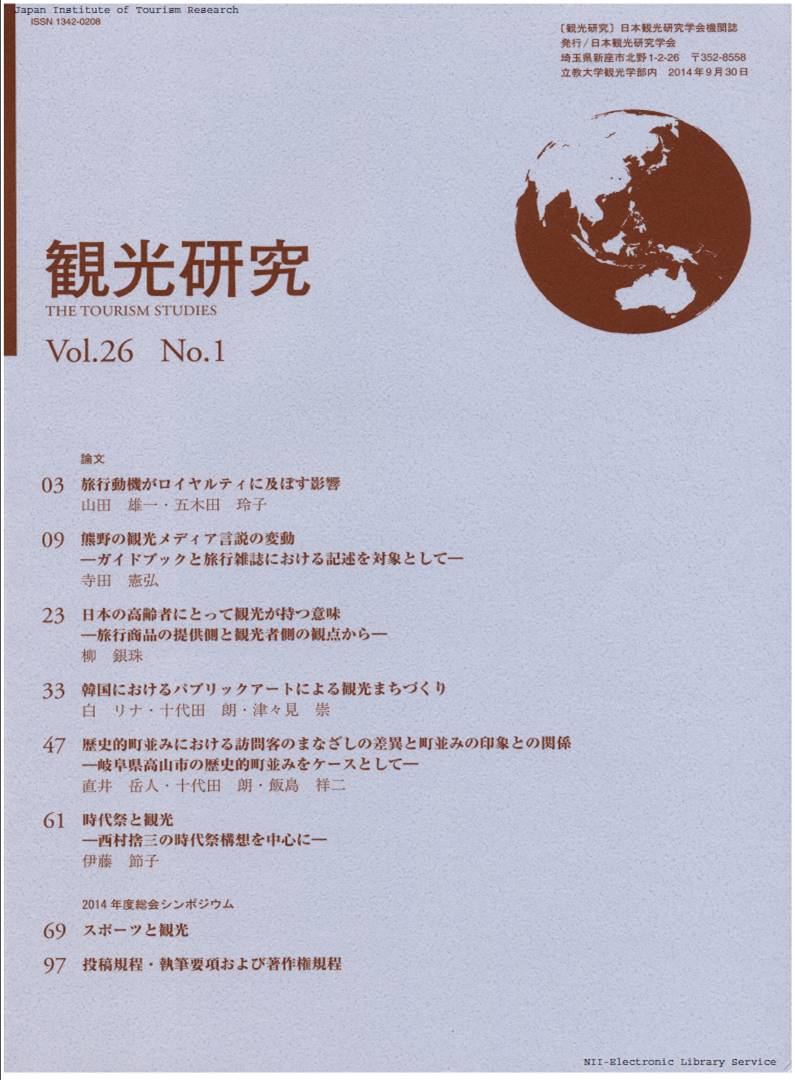Volume 32, Issue 2
Displaying 1-8 of 8 articles from this issue
- |<
- <
- 1
- >
- >|
Peer reviewed paper
-
2021Volume 32Issue 2 Pages 5-16
Published: 2021
Released on J-STAGE: October 01, 2021
Download PDF (1992K) -
2021Volume 32Issue 2 Pages 17-27
Published: 2021
Released on J-STAGE: October 01, 2021
Download PDF (854K) -
2021Volume 32Issue 2 Pages 29-42
Published: 2021
Released on J-STAGE: October 01, 2021
Download PDF (1836K) -
2021Volume 32Issue 2 Pages 43-51
Published: 2021
Released on J-STAGE: October 01, 2021
Download PDF (1743K) -
2021Volume 32Issue 2 Pages 53-66
Published: 2021
Released on J-STAGE: October 01, 2021
Download PDF (5508K) -
2021Volume 32Issue 2 Pages 67-80
Published: 2021
Released on J-STAGE: October 01, 2021
Download PDF (1875K) -
2021Volume 32Issue 2 Pages 81-93
Published: 2021
Released on J-STAGE: October 01, 2021
Download PDF (1568K)
Editorial
-
2021Volume 32Issue 2 Pages 95-100
Published: 2021
Released on J-STAGE: October 01, 2021
Download PDF (956K)
- |<
- <
- 1
- >
- >|
